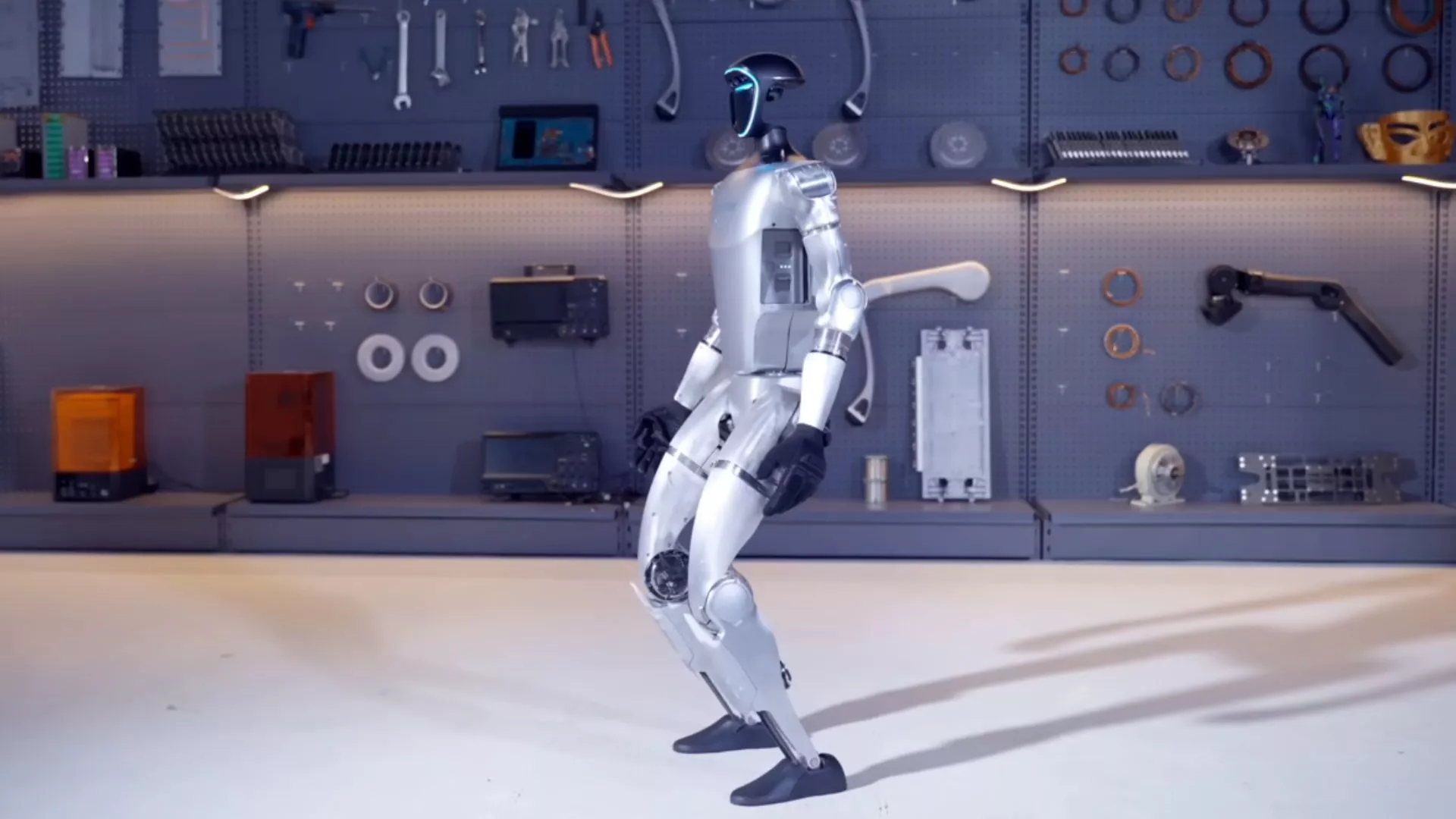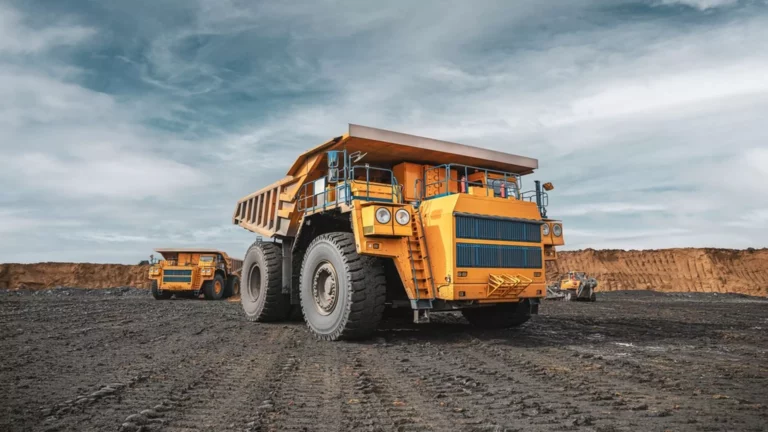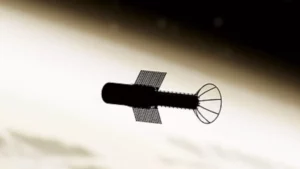In an effort to reduce their carbon emissions, Caterpillar and Vale have begun testing electric and ethanol trucks . Vale’s goal is to achieve a 33% reduction in its emissions by 2030 and achieve carbon neutrality by 2050. Testing includes a 240-ton electric Cat truck in Minas Gerais, as well as innovative energy transfer systems that will be evaluated in Pará in the coming years.
Both companies have also launched a study to explore dual-fuel solutions that combine ethanol and diesel in transport trucks. This research focuses on the search for more sustainable alternatives to reduce emissions in mining operations , where haul trucks are the main consumers of diesel and, therefore, one of the main sources of CO 2 emissions.
Electric trucks to reduce emissions
It is important to note that diesel emissions represent 15% of Vale’s direct CO 2 equivalent emissions. Ludmila Nascimento, director of energy and decarbonization at Vale, emphasizes the importance of developing a portfolio of options for decarbonization, including electrification and the use of alternative fuels . According to Nascimento, ethanol presents significant potential due to its widespread use in Brazil and an already established supply infrastructure.





Denise Johnson, president of Caterpillar ‘s resource industries group, highlights the importance of listening to the customer in the product development process. The collaboration with Vale has been crucial to adjust technologies and products to the specific needs of the mining industry.
For its part, Vale plans to invest between $4 billion and $6 billion to reduce its direct and indirect emissions by 33% by 2030, a step forward toward its goal of net zero emissions by 2050. This investment is aligned with the objectives of the Paris Agreement and is complemented by a commitment to reduce emissions from its value chain by 15% by 2035 .
The adoption of electric vehicles in mining not only contributes to the reduction of greenhouse gas emissions, but can also improve energy efficiency and reduce operating costs in the long term. Electrification technologies, like those Vale is implementing, can revolutionize the traditional mining operation and set new sustainability standards in the industry.
Follow us on social networks and don’t miss any of our publications!
Inspenet.com YouTube LinkedIn Facebook Instagram X
Source: mining.com
Photo: shutterstock













